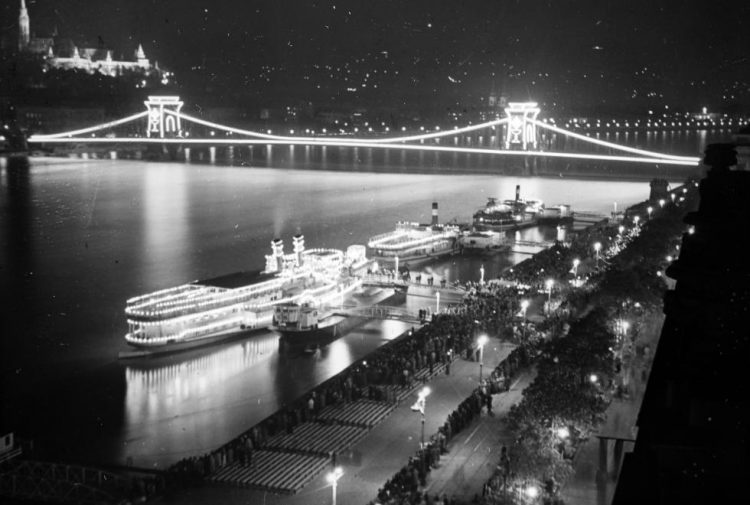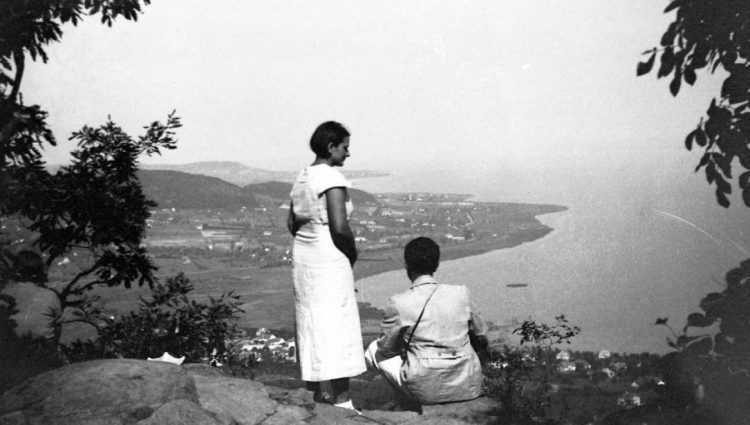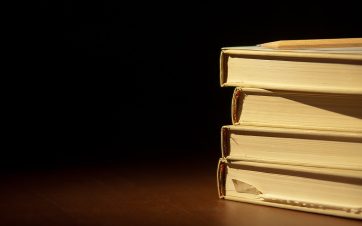
Time Capsules, Dissertations, Coins

Many articles and interviews have been already published on our website in connection with the International Eucharistic Congress of Budapest in 1938. We could have a look into the events, how people saw that series of events.
Let’s have another point of view. Without being complete, let us see that we know about that year from the perspective of science, culture and sport both on domestic and international level.
During the summer, on the 900th anniversary of the death of king St. Stephen, the Hungarian Parliament held its meeting in Székesfehérvár. A law had been passed for the occasion and 20th August had been declared as a feast. The Heroes’ Square got a new pavement.

Between 4-19 June the football World Championship was held in France. The Hungarian team won silver medal, while in the final we lost against Italy. An interesting fact of the world championship is that eventhough 16 teams were qualified, only 15 of them played, since the Austrian team was incorporated into the German. In the very same year Ibolya Csák won the first European Championship in athletics for Hungary.
In September the first time capsule was buried in New York City. In the alloy of the Westinghouse company many objects were hidden, so that the memory of the 20th century may last for thousands of years. The planned time of its opening is scheduled for 6939. Among others a fountain pen, a Mickey Mouse doll, some seeds, and micro films were placed into the capsule. All these were put into a glass cylinder. According the manufacturing company the outer surface of the capsule does not corrode by the time, though it may move away in the ground. It’s location is marked with a granite monument.
Among others during this very same year were born: Imre Földi, Olympic champion, weight lifter, András Balczó three-times Olympic champion pentathlete and Dezső Tandori, Kossuth prized writer. This year marks the death of the inventor Miksa Déri, the poets Jenő Dsida and Frigyes Karinthy, and the painter Lajos Tihanyi as well.

The literature at the time is marked by the themes of fight, death and war. Karinthy could see the publication of his work, Message in the Bottle, while Sándor Weöres finished his doctoral dissertation, the The Birth of the Poem. The first one man show of Frida Kahlo was opened in a New York gallery.
An interesting fact from the world of the movies, that the film The Life of Emile Zola has won the Oscar as the best picture. The film screenplay writer was of Hungarian origin (Géza Herczeg), winning the golden statue for the best screenplay. In the same year the rotatable camera stand appeared in the market, Roy J. Plunkett invented Teflon, and for the first time Hans Asperger described the diagnosis for autism.
The entertainment industry also had its moments, when this year the Un-American Activities Committee charged the popular Shirley Temple (only 10 at that time!!!) with supporting communism. The other curiosity is connected to Orson Welles, whose radio play War of the Worlds created quite a disturbance. It happened that Welles reported in many times at the radio, as if he were “broadcasting” the attack of the aliens. With this the 23 years old movie legend created a panic situation.

Ominous year, holy year, the year of the “prolusion”. 1938 has many labels, but maybe the truest of them is what a fragile, 100 years old lady from Pécs, Mária said: it was a cry for the peace. “Unite in peace all people and nations” – that is what hundreds of thousands of people sang during the International Eucharistic Congress in 1938. Their wish is still actual and we can pray for it, before the next International Eucharistic Congress, which is just around the corner.
Photo: Fortepan










